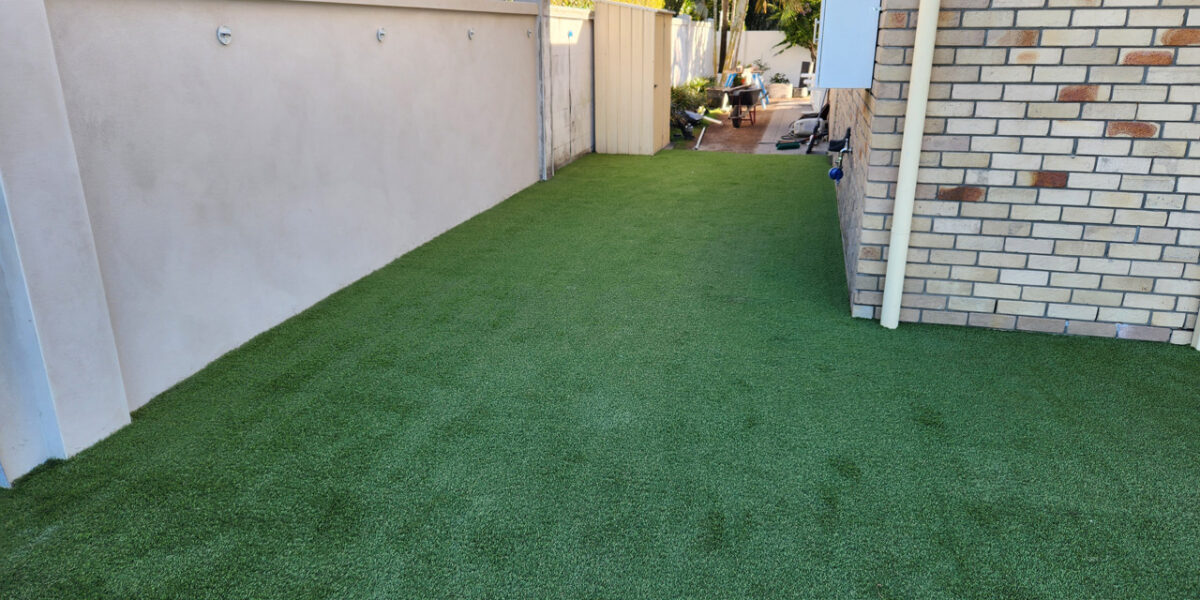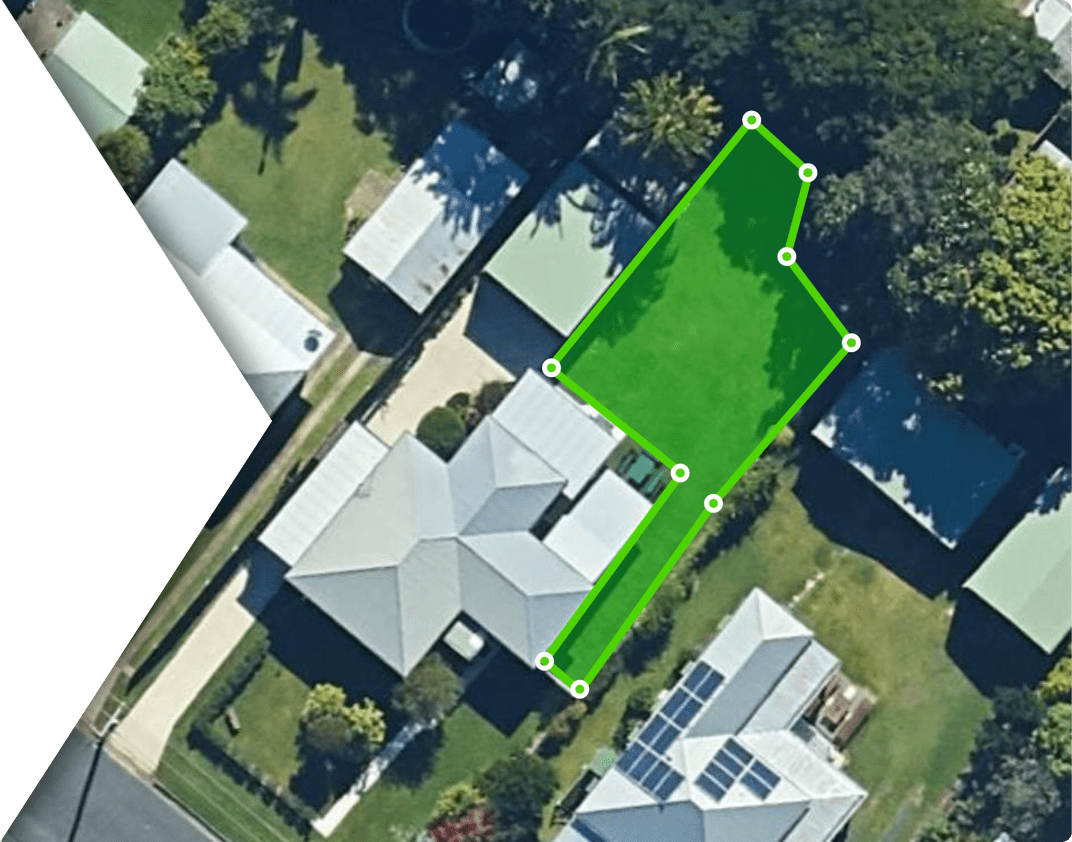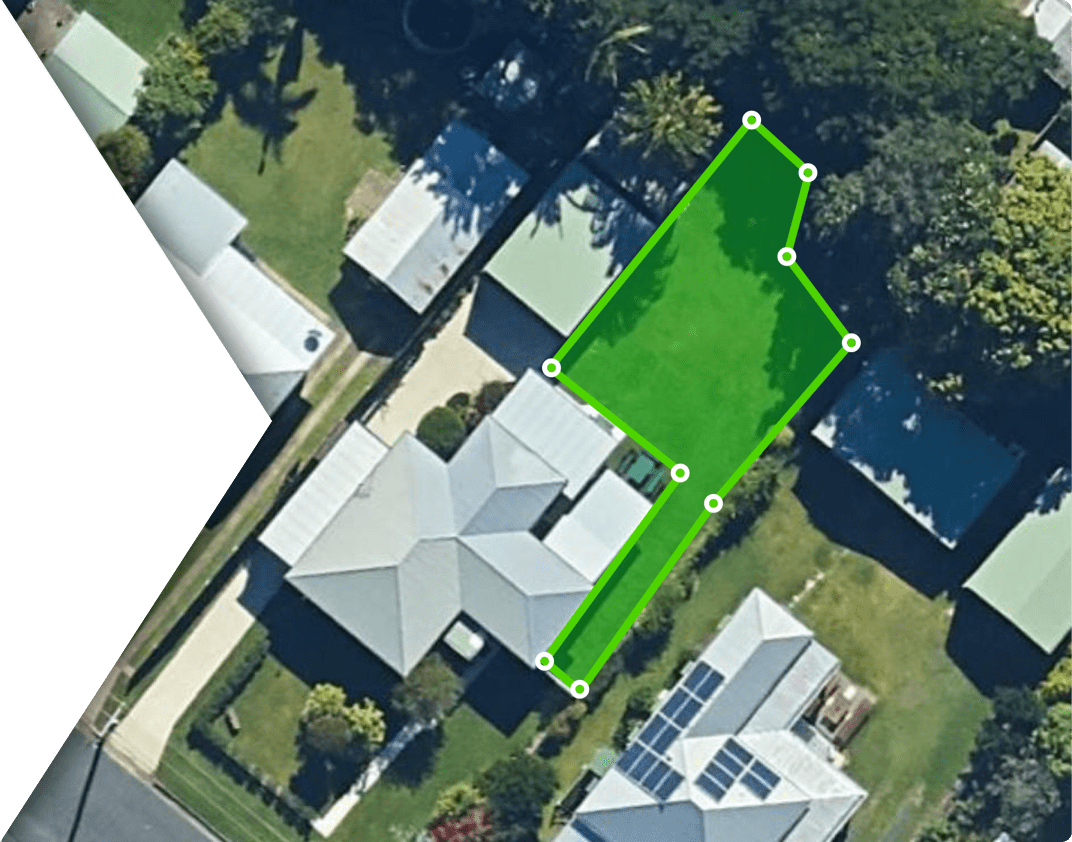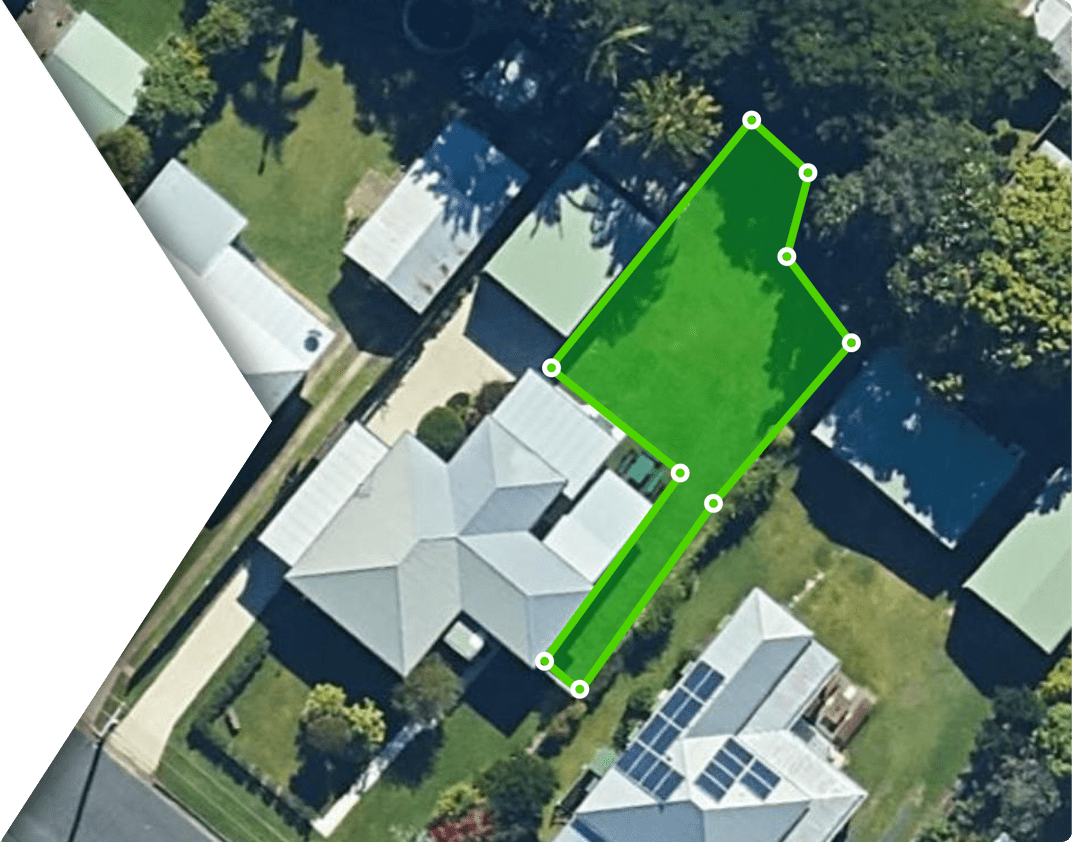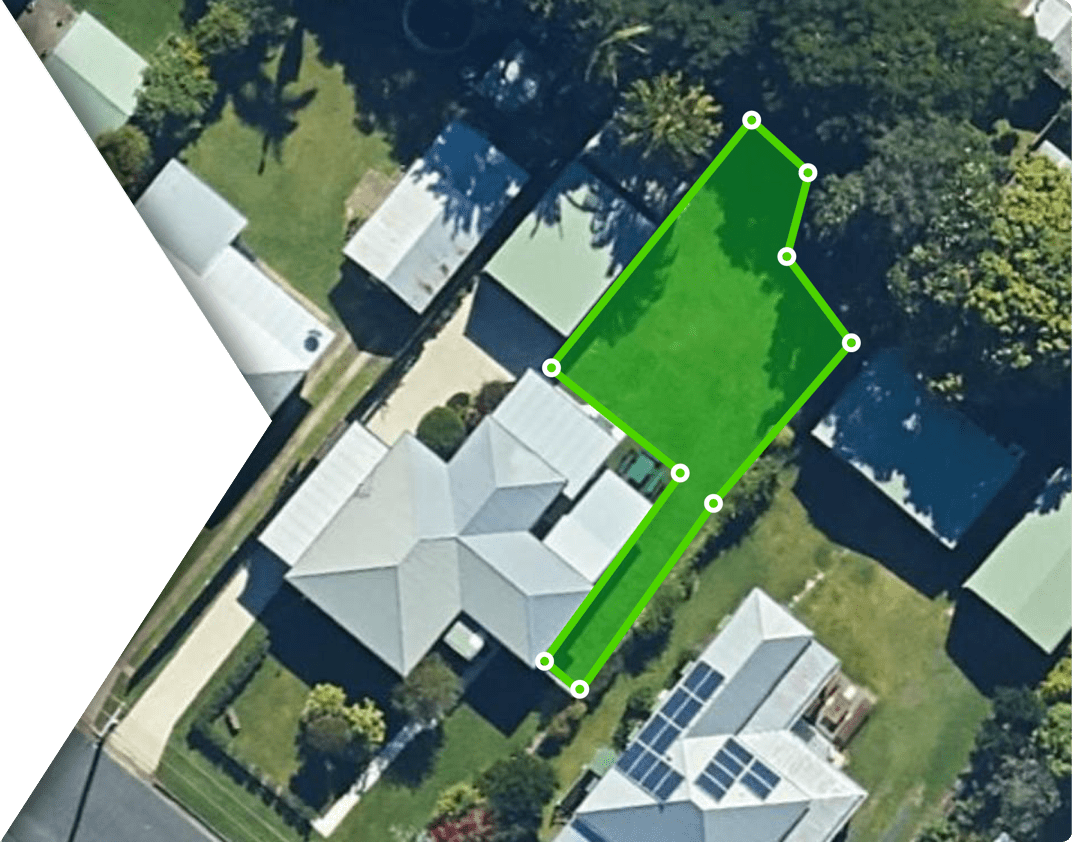If your garden has areas that don’t get much sun, you might be finding it tough to keep natural grass looking good. It often ends up patchy and a bit of a mess. But what if there was a way to have a nice green space without all the fuss, even in those shady spots? This article looks at whether synthetic turf could be the answer for your garden’s less sunny corners.
Key Takeaways
- Natural grass struggles in shady spots, often leading to poor growth, moss, and difficult upkeep.
- Synthetic turf doesn’t need sunlight to stay green and can be a great alternative for shaded areas.
- When choosing turf for shade, look for lighter colours to brighten the space and consider pile height and density for durability.
- Proper installation, including good drainage, is important for synthetic turf in damp, shady locations.
- Synthetic turf offers benefits like low maintenance, year-round colour, and resistance to mud and moss, making shady gardens more enjoyable.
Understanding Shady Garden Areas
When we talk about shady garden areas, we’re referring to spots that receive limited direct sunlight throughout the day. This can be due to several factors, most commonly the presence of large trees, tall buildings, dense hedges, or even the orientation of your home. These areas often present unique challenges for traditional gardening, particularly when it comes to growing healthy, vibrant natural grass.
Understanding the specific type and duration of shade in your garden is key. Is it dappled shade, where sunlight filters through leaves, or is it deep shade, where very little light penetrates? Knowing this helps in assessing how plants, including grass, will perform. Many gardeners find that these low-light zones struggle to maintain lush greenery, often becoming patchy, muddy, or prone to moss growth.
Types of Shade
- Dappled Shade: Sunlight filters through leaves, creating shifting patterns of light and shadow. This is often found under deciduous trees in summer.
- Partial Shade: The area receives direct sunlight for only a portion of the day, typically 3-6 hours.
- Full Shade: The area receives less than 3 hours of direct sunlight per day, or none at all. This is common under dense tree canopies or on the north side of buildings.
- Common Issues in Shady Spots
- Poor Grass Growth: Natural grass requires adequate sunlight for photosynthesis. Insufficient light leads to weak, spindly growth and thinning.
- Increased Moss and Fungi: Damp, shaded conditions are ideal breeding grounds for moss and fungal diseases, which can quickly take over a lawn.
- Compacted Soil: Shady areas often remain damp for longer, making the soil more susceptible to compaction from foot traffic, further hindering grass health.
- Weed Invasion: Certain shade-tolerant weeds can thrive where grass struggles, leading to an unsightly appearance.
The Challenges of Natural Grass in Shade
Natural grass, while beautiful, faces significant hurdles in shaded garden areas. The limited sunlight directly impacts its ability to photosynthesise effectively, leading to a cascade of problems that can turn your garden into a constant battle.
Poor Growth and Thinning Patches
When grass doesn’t receive adequate sunlight, its growth becomes stunted. You’ll likely notice areas where the grass is sparse, discoloured, and generally less vigorous. This lack of sunlight is the primary reason for those frustrating bare patches that seem to appear out of nowhere. Over time, these weak spots can expand, making your lawn look unkempt and unhealthy.
Increased Risk of Moss and Fungi
Shady, damp conditions create the perfect breeding ground for moss and various fungi. These unwelcome guests thrive in low-light, moist environments where grass struggles. Moss can quickly take over, smothering the grass and creating a slippery, unsightly surface. Fungal diseases can also weaken the grass, making it more susceptible to other issues.
Maintenance Difficulties
Dealing with a lawn in a shaded area often means more intensive maintenance. You might find yourself needing to reseed frequently, tackle moss removal regularly, and combat persistent weeds that take advantage of the weakened grass. This can be a time-consuming and costly endeavour, detracting from the enjoyment of your garden.
Synthetic Turf: A Viable Solution for Shady Spots?
How Shade Affects Synthetic Turf Performance
When considering synthetic turf for your garden’s shadier spots, it’s important to understand how reduced sunlight impacts its appearance and longevity. Unlike natural grass, which struggles and thins in low light, synthetic turf doesn’t rely on photosynthesis. This means its colour and vibrancy remain consistent regardless of how much sun it receives. However, shade can sometimes lead to increased moisture retention on the surface, which, if not managed properly, could potentially encourage the growth of algae or moss over extended periods. The key is selecting the right product and ensuring adequate drainage.
Choosing the Right Synthetic Turf for Shade
Selecting the appropriate synthetic turf is paramount for success in shaded areas. Look for products specifically designed to perform well in low-light conditions. Lighter shades can help to brighten the area, making it feel more open and inviting. Consider the following specifications:
- Pile Height: Shorter to medium pile heights are often more practical in shaded areas, as they are less likely to flatten and can be easier to maintain.
- Density: A denser turf provides better coverage and resilience, helping to mask the underlying surface and resist wear.
- Yarn Type: Certain synthetic fibres are engineered for better durability and heat resistance, which can be beneficial even in shaded areas where moisture might be present.
- Pile Height and Density Considerations
When you’re choosing synthetic turf for a shady garden, the pile height and density are important factors to think about. A shorter pile height, perhaps around 30-35mm, is often a good choice. It tends to stay more upright and looks tidier, especially if the area gets a lot of foot traffic or if you have pets. Denser turf, meaning more fibres per square inch, will give you a fuller, more luxurious look. It also helps to hide the backing material and can make the surface feel softer underfoot. Think about how you’ll use the space – a play area might benefit from a denser, softer turf, while a low-traffic decorative area could be fine with a slightly less dense option.
Drainage in Shady, Damp Areas
Proper drainage is absolutely critical for synthetic turf, especially in shady spots where water might not evaporate as quickly. Most quality synthetic turf products are designed with drainage holes in the backing, allowing water to pass through. However, the sub-base preparation is just as important. Ensure the ground beneath the turf is properly graded to direct water away from the area. A well-installed sub-base, often using crushed stone or aggregate, will prevent waterlogging and help keep the surface dry and usable, minimising the risk of any unwanted growth like moss or algae.
Investing in quality synthetic turf for your shady garden areas means you’re choosing a low-maintenance, consistently attractive solution that bypasses the common problems faced by natural grass in low-light conditions.
Benefits of Synthetic Turf in Shady Gardens
When natural grass struggles to thrive in your garden’s shaded corners, synthetic turf emerges as a remarkably practical and aesthetically pleasing alternative. You’ll find that embracing artificial grass in these low-light zones brings a host of advantages, transforming those challenging spots into vibrant, usable areas.
Year-Round Lushness, Regardless of Sunlight
One of the most significant benefits is the consistent, beautiful appearance artificial turf maintains. Unlike natural grass, which thins and becomes patchy without adequate sunlight, synthetic turf remains lush and green throughout the year. This means you can finally say goodbye to those frustrating bare patches and muddy areas that plague shady spots, even after a downpour.
Dramatically Reduced Maintenance Demands
Imagine reclaiming your weekends. With artificial grass, the need for mowing, watering, and fertilising simply disappears. This not only saves you considerable time but also reduces your water consumption and eliminates the ongoing cost of lawn treatments. It’s a set-and-forget solution that keeps your garden looking its best with minimal effort.
A Cleaner, More Hygienic Outdoor Space
Shady areas are often prone to dampness, which can encourage moss and fungal growth in natural lawns, leading to muddy conditions. Artificial turf, however, provides a clean, dry surface year-round. Its excellent drainage capabilities mean no more muddy footprints indoors or slippery surfaces outdoors. This makes it particularly ideal for areas where children or pets play, or for pathways that see regular foot traffic.
Enhanced Garden Aesthetics and Versatility
Synthetic turf offers incredible flexibility in garden design. You can use it to create seamless transitions between paved areas and garden beds, define play zones, or simply provide a consistently attractive green carpet in areas where grass would otherwise fail. Choosing the right synthetic turf can brighten even the most shaded garden, making it feel more open and inviting.
Conclusion: Is Synthetic Turf Right for Your Shady Garden?
So, you’ve got a garden that doesn’t see much sun. We get it. Trying to keep natural grass looking good in those shady spots can feel like a constant battle, right? You’re probably tired of patchy bits, the dampness, and the endless upkeep. Well, it’s time to consider a change that actually works for your space.
Artificial grass is a genuinely smart choice for these trickier garden areas. It doesn’t need sunlight to stay vibrant and healthy, meaning you can finally have that consistently green, attractive lawn you’ve always wanted, even under trees or next to tall walls. Think about it: no more worrying about bare patches or the extra effort needed to coax struggling grass to grow. It’s about creating a beautiful, usable outdoor area without the usual headaches.
Ultimately, synthetic turf offers a practical and stylish way to overcome the challenges of shady gardens, giving you a low-maintenance, year-round green space.
Is Synthetic Turf the Right Fit for Your Shady Garden?
Key Considerations for Shady Areas
- Sunlight Independence: Unlike natural grass, artificial turf thrives regardless of sun exposure, eliminating the common issues of poor growth and thinning in shaded spots.
- Reduced Maintenance: Say goodbye to mowing, watering, and fertilising. Your time is valuable, and synthetic turf frees you up to enjoy your garden, not just work on it.
- All-Weather Performance: Shady areas can often be damp. Artificial grass offers excellent drainage, preventing the muddy conditions and moss growth that plague natural lawns.
- Aesthetic Appeal: Choose lighter shades and denser piles to maximise brightness and create a fuller, more inviting look in your shaded garden.
Making the Smart Choice
When selecting artificial grass for a shaded garden, focus on products designed for durability and appearance in low-light conditions. Look for quality materials that resist fading and matting, ensuring your investment looks great for years to come.
Your Shady Garden Transformed
Artificial grass provides a reliable solution for transforming those underperforming shady areas into functional and attractive parts of your garden. It’s a practical investment for a consistently beautiful outdoor space.
So, Can You Use Synthetic Turf in Shady Areas?
Absolutely. If your garden has those tricky spots that just don’t get enough sun for real grass to look its best, artificial turf is a fantastic option. It means you won’t have to deal with patchy, muddy areas anymore. You can pick out a good quality turf that’s designed for shade, and with the right installation, it’ll look great all year round. Think of it as a way to get a consistently green and usable outdoor space, no matter what the light conditions are. It really cuts down on the upkeep, giving you more time to just enjoy your garden.
Frequently Asked Questions
Can artificial turf be used in shady garden areas?
Certainly, you can use artificial turf in shady garden spots. Unlike real grass, synthetic turf doesn’t need sunlight to stay green and healthy. It’s a fantastic way to make those less sunny areas look great all year round without the usual struggles of patchy or muddy ground.
Why does natural grass not grow well in shady spots?
Real grass struggles in shade because it doesn’t get enough sunlight for photosynthesis, which is how plants make food. This leads to weak growth, bare patches, and can encourage moss and fungi. Artificial grass, however, bypasses this need for sunlight entirely.
What kind of artificial grass is best for shady areas?
When picking artificial grass for a shady garden, it’s a good idea to choose lighter colours. These can help make the area feel brighter. Also, look for turf with a good pile density and strong backing to ensure it’s durable and stays looking good, even with regular use.
Is artificial grass low maintenance in shady gardens?
Yes, artificial grass is generally very low maintenance. You won’t need to mow, water, or fertilise it. It also stays mud-free and doesn’t get mossy, even in damp, shaded conditions, saving you a lot of time and effort.
What are important installation tips for shady areas?
Proper installation is key. Ensure good drainage to prevent water from sitting, as shady spots can stay damp. A well-prepared base with a weed membrane underneath is also important. For areas like balconies, special lightweight turf can be used.
How durable is artificial grass in shaded conditions?
Artificial grass is quite resilient. Technologies like ‘Instant Recovery’ help the fibres bounce back after being walked on, which is helpful if your shady spots get a lot of foot traffic. Built-in UV protection also stops it from fading, keeping it looking good for years.



